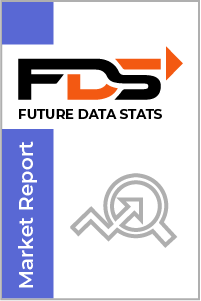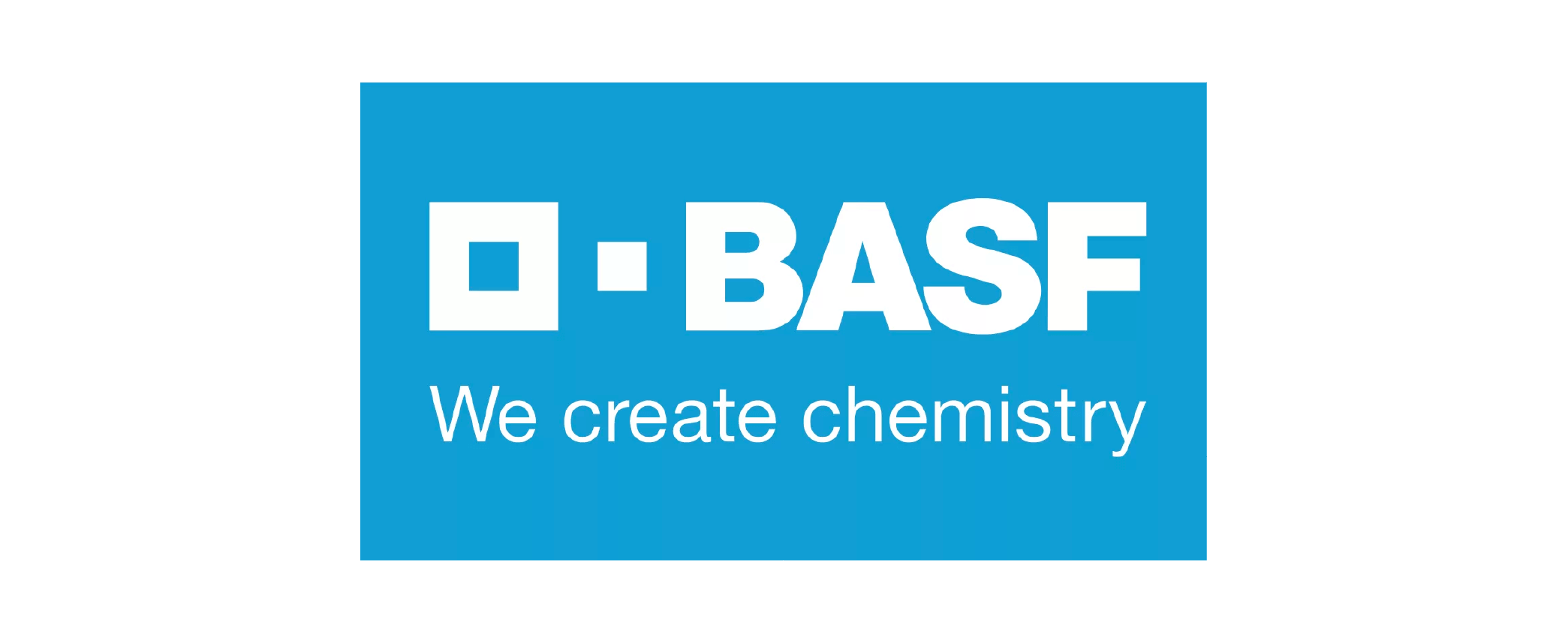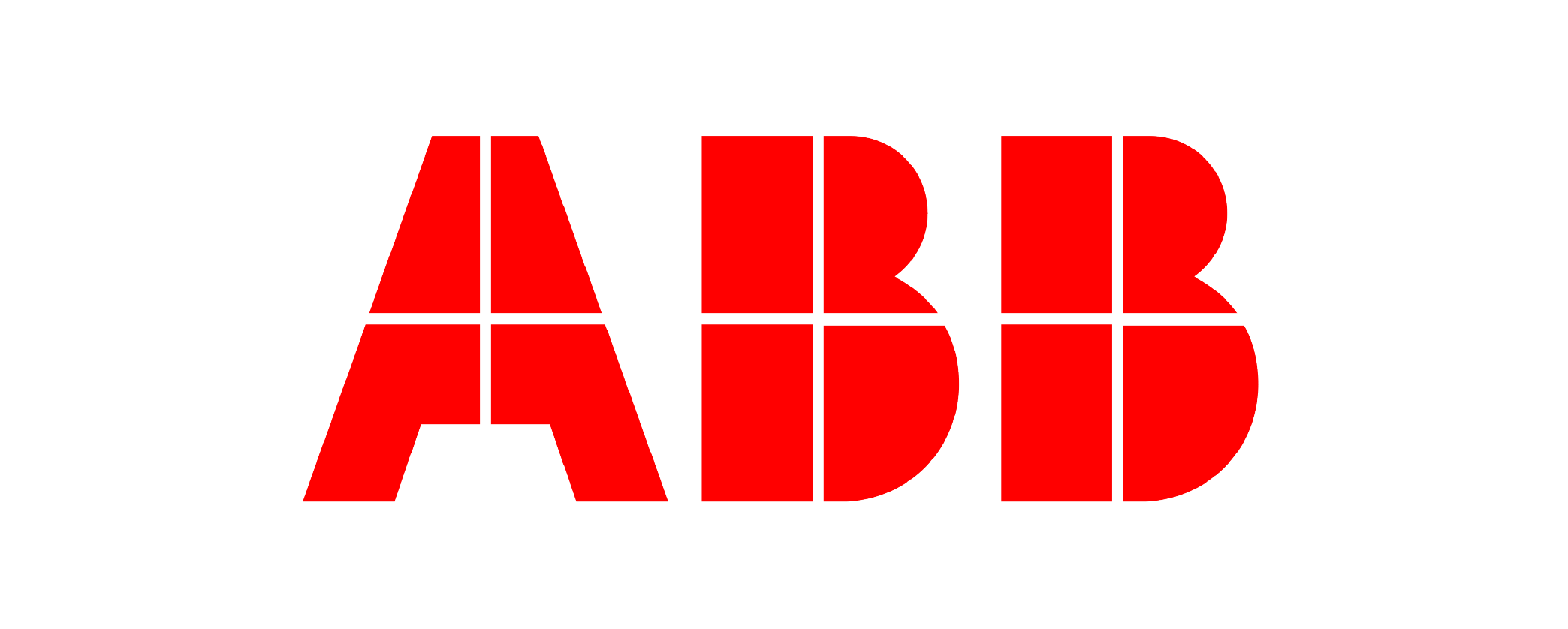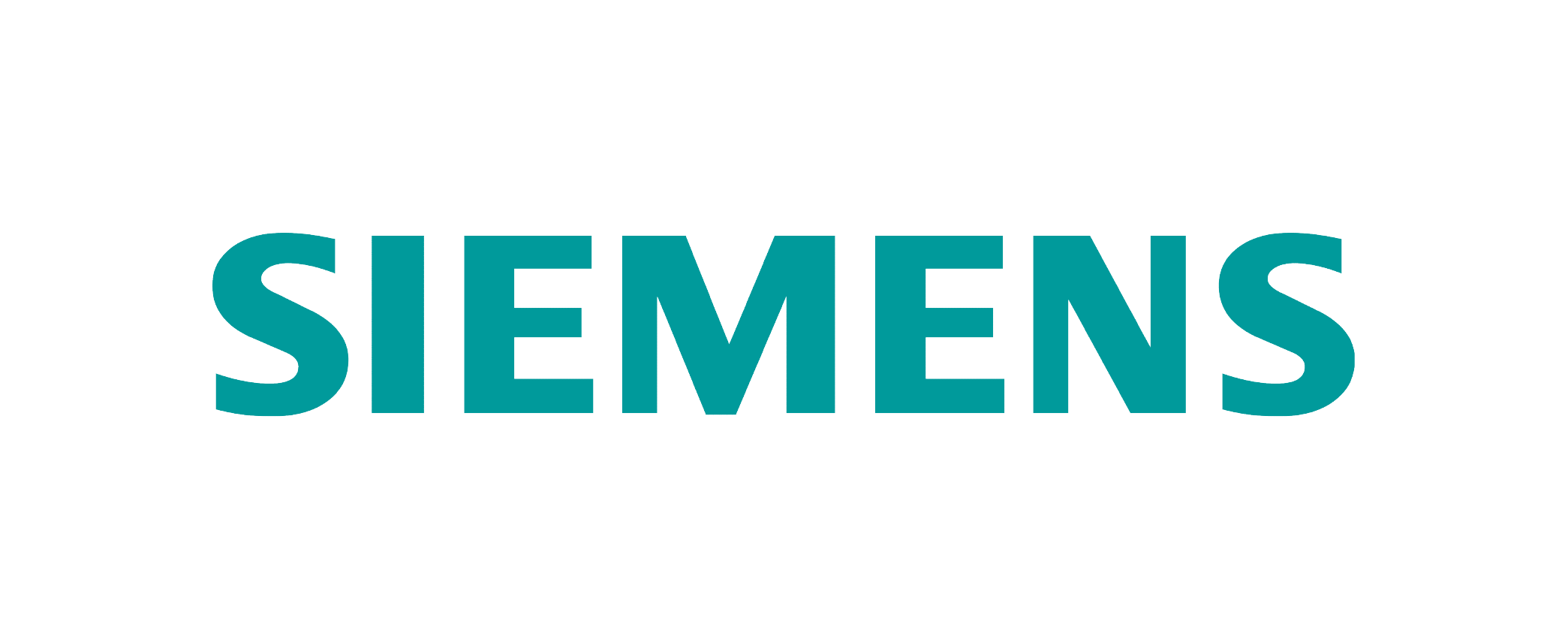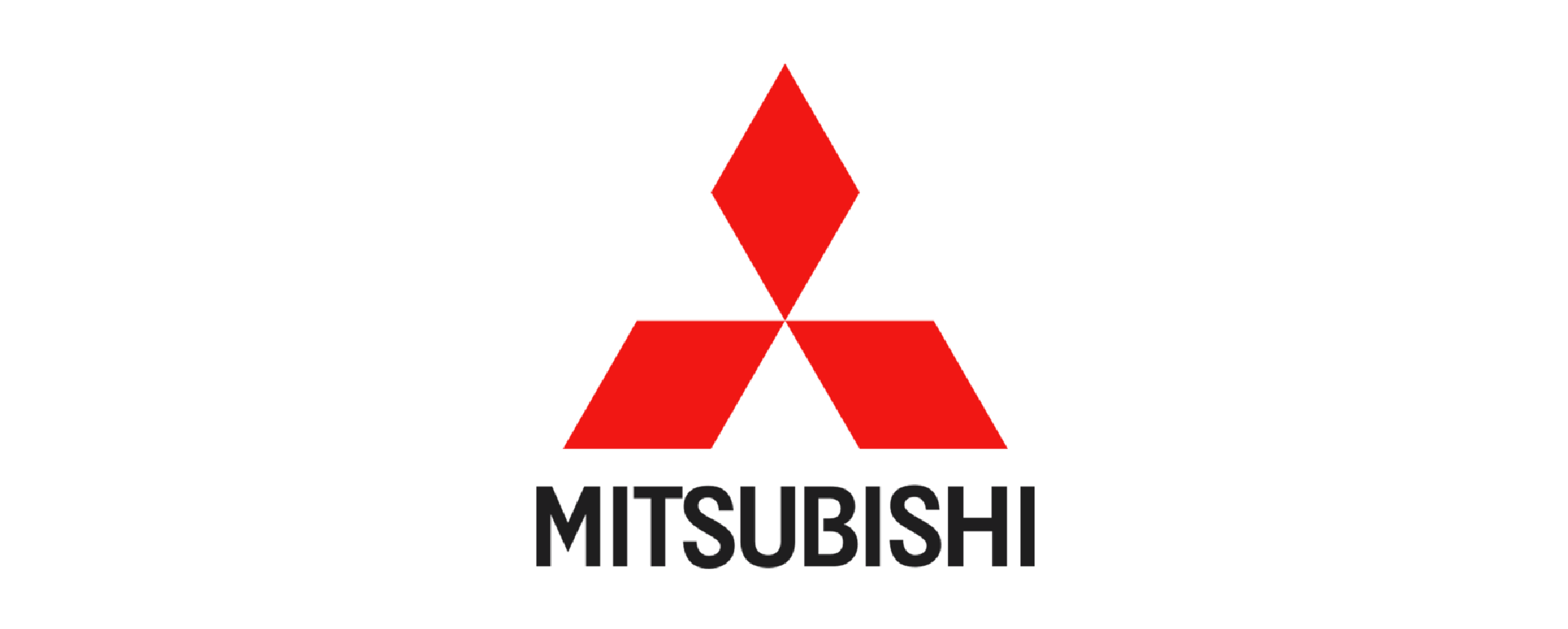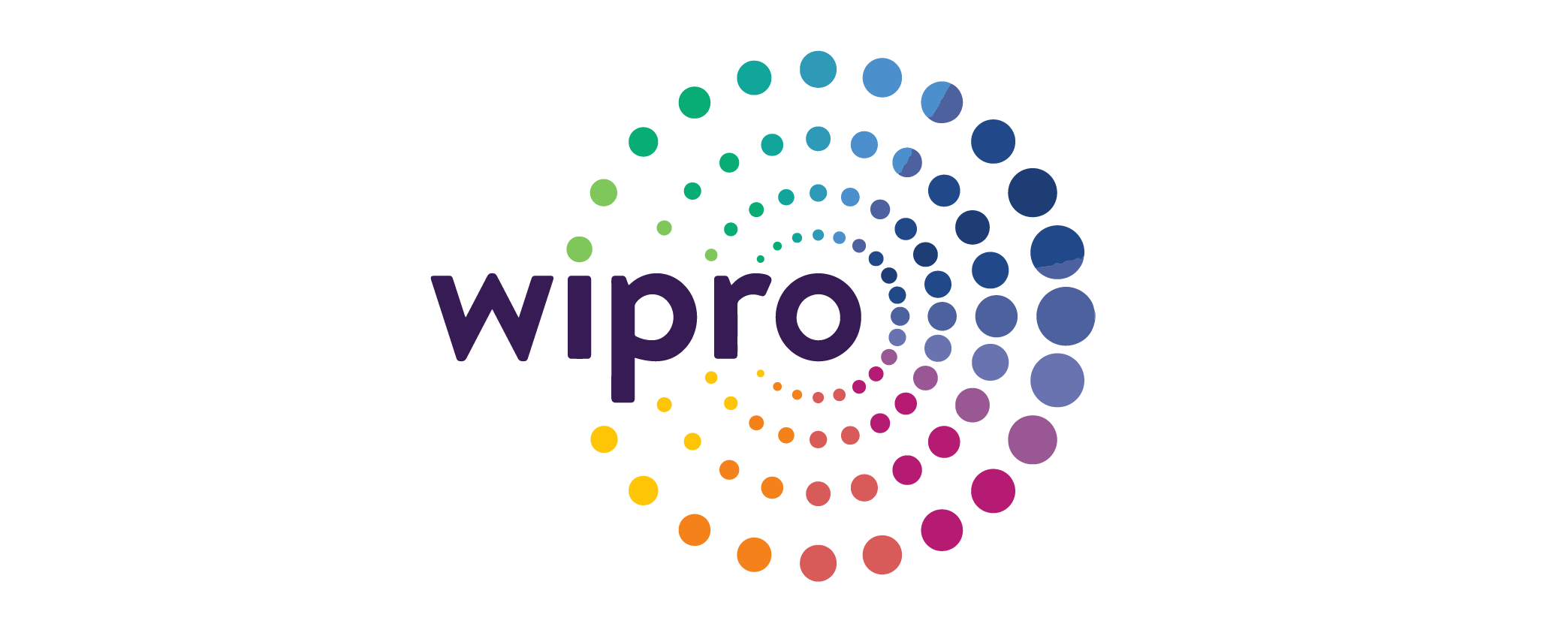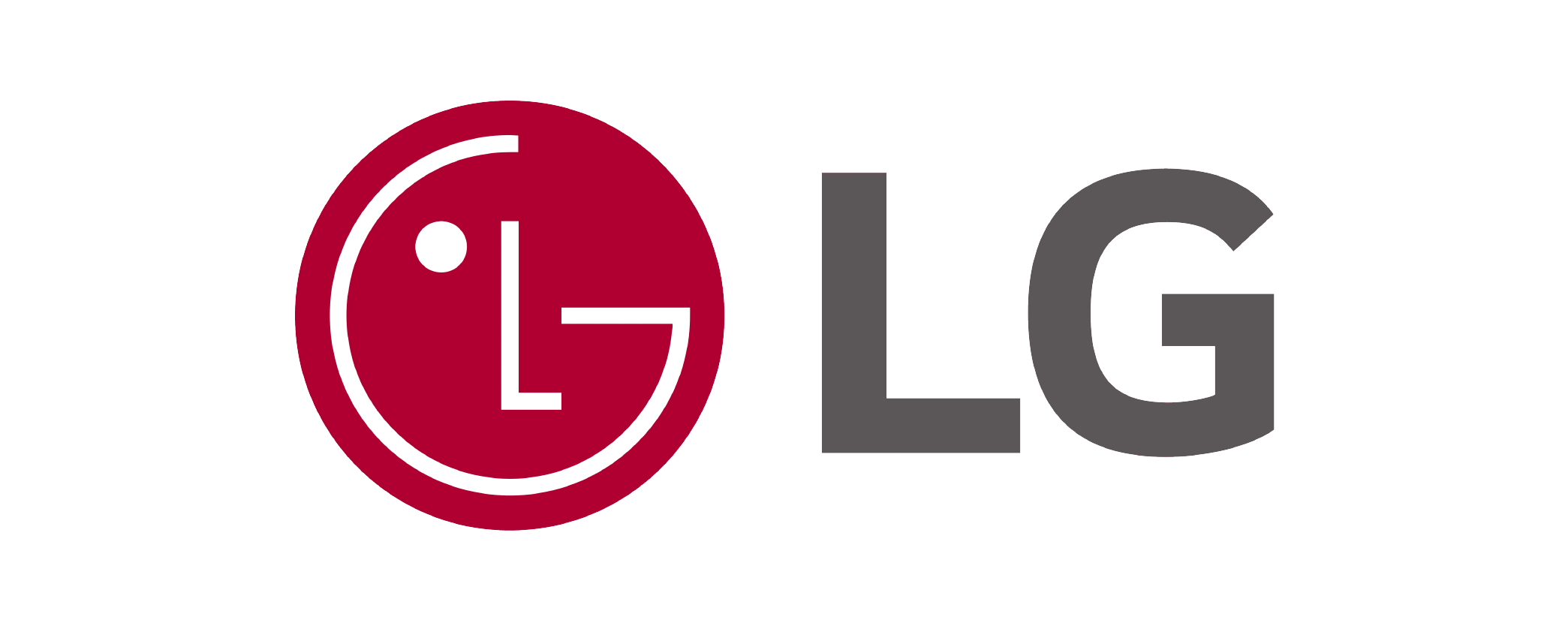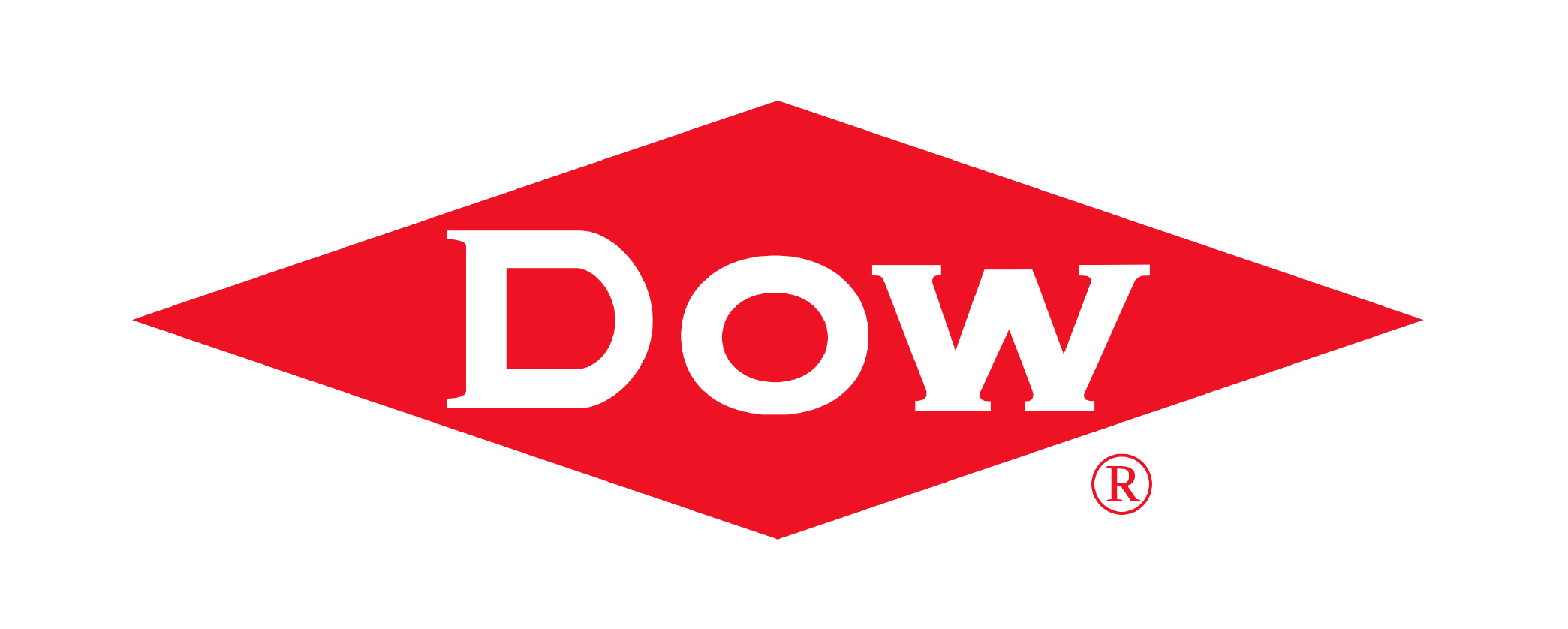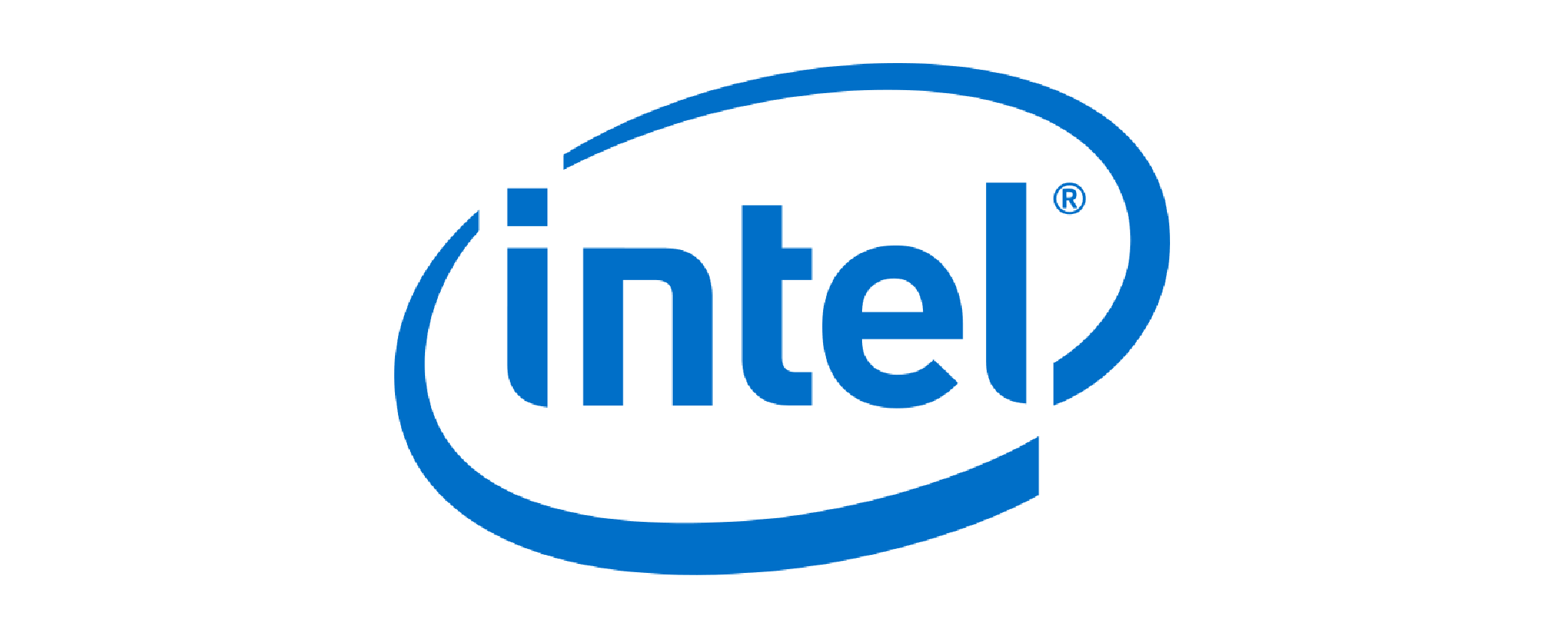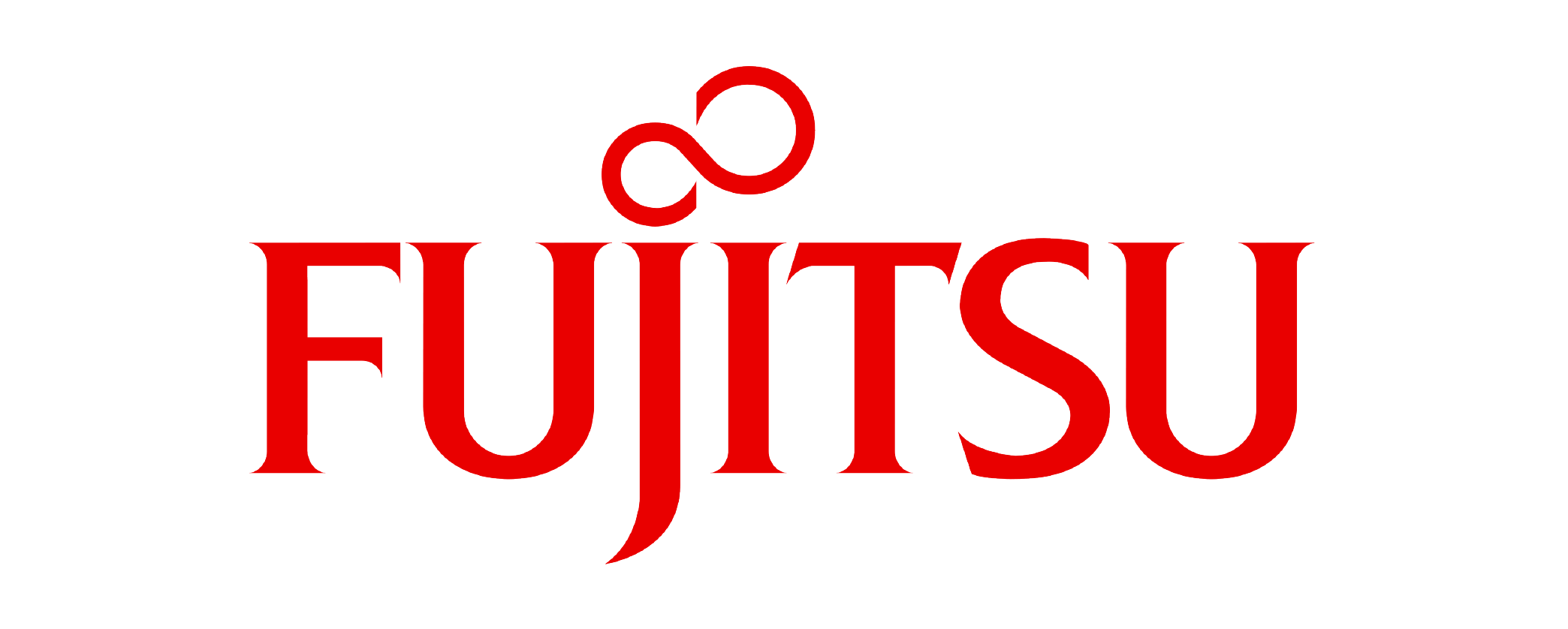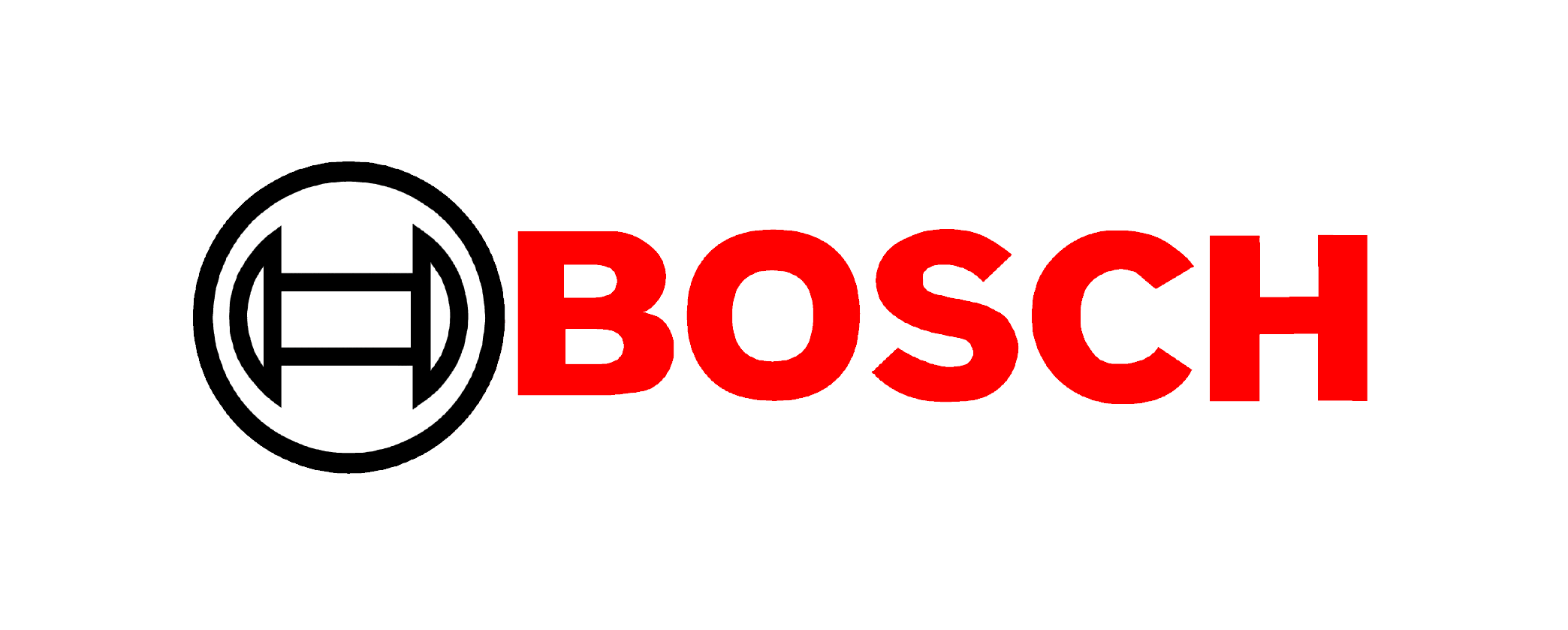The global Natural Antihistamine Supplements Market size was valued at USD 2.0 Billion in 2025 and is projected to expand at a compound annual growth rate (CAGR) of 10% during the forecast period, reaching a value of USD 4.5 Billion by 2032.
The "Natural Antihistamine Supplements Market Research Report" from Future Data Stats delivers an in-depth and insightful analysis of the market landscape, drawing on extensive historical data from 2021 to 2023 to illuminate key trends and growth patterns. Establishing 2024 as a pivotal baseline year, this report meticulously explores consumer behaviors, competitive dynamics, and regulatory influences that are shaping the industry. Beyond mere data analysis, it offers a robust forecast for the years 2025 to 2033, harnessing advanced analytical techniques to chart a clear growth trajectory. By identifying emerging opportunities and anticipating potential challenges, this report equips stakeholders with invaluable insights, empowering them to navigate the ever-evolving market landscape with confidence and strategic foresight.
MARKET OVERVIEW:
The natural antihistamine supplements market exists to provide plant-based alternatives for managing allergy-related symptoms like sneezing, itching, and inflammation. These supplements use natural ingredients such as quercetin, stinging nettle, and vitamin C to help the body regulate its immune response without relying on synthetic medications. Consumers increasingly prefer these options for their gentle effects and minimal side effects. This market also supports a growing demand for holistic wellness by offering solutions that align with clean-label and chemical-free lifestyles. Brands develop these supplements to meet the needs of people seeking long-term allergy relief through natural means. The market’s purpose goes beyond symptom control—it empowers individuals to manage their health with greater awareness and fewer artificial ingredients.
MARKET DYNAMICS:
The natural antihistamine supplements market has seen a strong shift toward clean-label, plant-based formulations as consumers move away from synthetic allergy relief products. Recent trends highlight the rising use of ingredients like quercetin, bromelain, and stinging nettle in combination blends for broader health benefits. Gummies, softgels, and flavored powders are gaining popularity for their ease of use and appeal across age groups. E-commerce and subscription models continue to expand market reach, making natural allergy support more accessible to global consumers. Looking ahead, brands will likely focus on developing region-specific formulas that reflect local allergens and traditional remedies. Innovation in delivery formats, such as quick-dissolving strips and drinkable sachets, is expected to reshape consumer preferences. As clinical research around natural antihistamines grows, the market will benefit from improved credibility and wider adoption. This evolving space offers strong business potential for companies that combine science, sustainability, and wellness-focused branding.
People prioritize health and wellness, leading them to explore natural remedies that promise fewer adverse effects. Additionally, a growing number of studies highlighting the efficacy of natural ingredients, like quercetin and bromelain, further boosts market interest. However, the market faces certain restraints, including regulatory challenges and the need for more comprehensive clinical research. Many consumers remain skeptical about the effectiveness of these supplements, which can hinder growth. Yet, opportunities abound as manufacturers innovate and expand their product lines. By educating consumers and improving product visibility, companies can tap into the rising trend of holistic health, positioning themselves favorably in this evolving market.
NATURAL ANTIHISTAMINE SUPPLEMENTS MARKET SEGMENTATION ANALYSIS
BY TYPE:
Capsules lead the natural antihistamine supplements market due to their convenience and widespread consumer familiarity. Manufacturers rely on capsules for precise dosage control and improved stability of plant-based ingredients. The popularity of this format also stems from its ease of consumption and minimal aftertaste, especially important for sensitive consumers. Many brands also offer vegetarian and gelatin-free capsule options, expanding their reach among ethical and health-conscious users. Tablets follow closely, especially among large-scale supplement brands that prioritize cost-effectiveness and mass production. Tablets offer longer shelf life and are easy to store, making them suitable for global distribution. Companies innovate by using slow-release or enteric-coated technologies to enhance ingredient absorption. As a result, tablets continue to appeal to users looking for durable and consistent supplementation.
Liquid formulations show steady growth, particularly among pediatric and geriatric users. Liquids allow flexible dosing and faster absorption, attracting users who struggle with swallowing pills. The demand for natural, sugar-free, and alcohol-free options in liquid form has prompted companies to enhance taste profiles using fruit extracts and stevia. Liquid supplements are also favored in traditional wellness practices, which rely on tinctures and infusions. Powders and gummies, while newer, gain popularity for their flavor appeal and novel consumption experience. Gummies attract younger adults and children with natural flavors and colorful packaging. Powders, meanwhile, appeal to athletes and wellness enthusiasts who prefer mixing supplements with smoothies or drinks. Both formats signal a shift toward functional lifestyle products rather than strictly medicinal ones, creating room for marketing innovation and branding.
BY INGREDIENT:
Quercetin dominates the ingredient landscape due to its well-documented antioxidant and anti-inflammatory properties. Researchers highlight its ability to stabilize mast cells and block histamine release, making it a prime choice for allergy sufferers. Supplement makers leverage quercetin’s reputation by pairing it with synergistic compounds like vitamin C and bromelain to enhance efficacy and appeal to informed consumers seeking science-backed solutions. Stinging nettle and butterbur continue to hold ground, largely due to their deep roots in herbal medicine traditions. Consumers turn to these ingredients for their perceived natural potency in easing seasonal allergies and inflammation. Brands that focus on herbal purity and traditional wellness formulations rely heavily on these extracts. However, butterbur requires careful processing to remove harmful alkaloids, pushing producers toward safer standardized formulations.
Vitamin C and probiotics offer dual benefits, appealing to users looking for immune support alongside allergy relief. Vitamin C's ability to lower histamine levels while boosting immunity has made it a staple in combination supplements. Probiotics, on the other hand, offer gut health benefits, which are increasingly linked to immune system modulation. Consumers seek supplements that promise broader wellness rather than targeting one symptom. Ingredients like curcumin, green tea extract, bromelain, and omega-3 fatty acids form a strong secondary tier. Each brings unique anti-inflammatory or antihistamine-supportive traits. Curcumin’s popularity rises with the clean-label movement, while green tea extract appeals to those interested in metabolic health alongside allergy management. These multi-functional ingredients fuel innovation in combination supplements and drive cross-category appeal across immunity, digestion, and respiratory health.
BY APPLICATION:
Allergic rhinitis remains the most common use case for natural antihistamine supplements. The increase in seasonal allergies, environmental pollutants, and urban allergens has pushed consumers to seek consistent relief without the side effects of synthetic drugs. Many turn to quercetin, vitamin C, and nettle-based formulas to manage daily symptoms. The demand for long-term, side-effect-free alternatives drives research and development in this segment. Skin allergies, eczema, and food sensitivities also propel significant demand. Natural ingredients with anti-inflammatory and immune-regulating effects are increasingly used to manage symptoms like itching, swelling, and redness. Parents often prefer natural supplements for children dealing with eczema, while adults use these products to address mild to moderate reactions without resorting to steroids or over-the-counter antihistamines.
Asthma and sinusitis applications have attracted more niche but growing interest. Supplement users explore ingredients like omega-3s and butterbur to reduce airway inflammation and improve respiratory health. While not replacements for prescription medications, these supplements are often used as supportive tools. Healthcare practitioners who lean toward integrative medicine increasingly recommend natural antihistamines alongside conventional treatments. Hay fever and seasonal allergies see high levels of cross-selling opportunities. Consumers often seek multi-symptom relief, encouraging brands to market blends targeting both upper respiratory and skin symptoms. As people become more aware of holistic wellness, they search for year-round solutions. This trend creates an expanding space for combination supplements tailored to the body’s natural allergy response system.
BY DISTRIBUTION CHANNEL:
Online retail has transformed the natural antihistamine supplements market by providing access to niche, organic, and specialty products. Consumers trust online reviews, ingredient transparency, and direct-to-consumer branding. The ease of comparing prices and formulas from different regions further boosts online shopping appeal. Subscription models and personalized supplement quizzes enhance customer retention in this channel. E-commerce platforms like Amazon and Flipkart broaden consumer reach by hosting a variety of products with global and local appeal. These platforms allow smaller brands to compete with major players through competitive pricing and targeted advertising. The integration of customer reviews, certifications, and return policies builds trust and accelerates repeat purchases, especially during allergy seasons.
Brand websites give manufacturers direct control over messaging, education, and loyalty programs. These sites often feature detailed blogs, usage guides, and ingredient breakdowns to build consumer confidence. Many companies also use their websites to offer exclusive deals or bundle offers that are not available elsewhere. Personalized email marketing and influencer endorsements on these platforms further drive engagement. Offline retail, particularly health and wellness stores, continues to serve as an important touchpoint. In-store experts guide purchases, especially for first-time buyers looking for natural solutions. Pharmacies also gain traction by offering trusted, clinically-backed brands. Meanwhile, supermarkets and hypermarkets increase their wellness shelf space to tap into spontaneous purchases from everyday shoppers seeking allergy relief.
BY END USER:
Adults form the largest user base for natural antihistamine supplements, driven by lifestyle factors, occupational exposure to allergens, and awareness of long-term health. Many adults prefer natural remedies to avoid drowsiness or dependency associated with synthetic antihistamines. This segment drives demand for premium, multi-functional formulations that support overall immune health along with allergy relief. Pediatric users represent a sensitive segment where natural products often serve as first-line defenses against mild allergies. Parents choose sugar-free, dye-free, and gentle-ingredient formulations in liquid or gummy form. Brands focused on child wellness develop age-specific dosages with appealing flavors and educational packaging. Pediatricians increasingly support these alternatives in preventive care.
Geriatric users seek natural solutions for age-related sensitivities, including skin irritation, respiratory discomfort, and chronic inflammation. Many seniors avoid chemical-heavy formulations due to medication interactions or digestive issues. Gentle herbal blends and capsules with added digestive support gain popularity in this group. Clear labeling and safety assurances play a critical role in driving acceptance among older users. Across all age groups, consumers value transparency, simplicity, and trust. End-user-specific marketing whether for athletic adults, sensitive children, or cautious seniors continues to shape product development. Companies that tailor messaging, dosing, and formats for different demographics achieve better retention and broader market coverage.
BY FORMULATION:
Single-ingredient supplements attract purist users who seek targeted solutions and want full control over their intake. These products allow users to choose a specific remedy such as quercetin or vitamin C without unnecessary fillers. This transparency appeals to label-conscious consumers and those following naturopathic guidance. Many users also use single ingredients to create custom regimens. Combination supplements are rapidly gaining favor for their convenience and enhanced efficacy. By blending complementary ingredients, such as bromelain with quercetin or vitamin C with probiotics, these products deliver broader symptom relief. Consumers appreciate the all-in-one approach that addresses inflammation, immune support, and histamine balance. This format especially resonates with busy adults and wellness-minded buyers.
Manufacturers innovate with smart combinations to create synergy among natural compounds. Formulas that include anti-inflammatory herbs, immune boosters, and antioxidants reduce the need for multiple products. This consolidation saves time and increases adherence to daily regimens. Brands also use encapsulation technology to ensure all ingredients remain potent and bioavailable. The choice between single and combination formulations often depends on consumer trust and knowledge. Educated users may begin with single-ingredient trials and later shift to combinations for convenience. Brands that offer both options build long-term loyalty and cater to a wide spectrum of buyer preferences, from beginners to advanced supplement users.
REGIONAL ANALYSIS:
In North America, the natural antihistamine supplements market shows strong growth due to rising awareness of holistic health and increased demand for non-drowsy allergy relief. Consumers in the U.S. and Canada favor plant-based options like quercetin and stinging nettle, supported by a well-developed supplement industry and robust online retail presence. In Europe, countries such as Germany, France, and the UK emphasize natural wellness and strict product quality standards, which drive the popularity of certified herbal formulations and organic supplements.
Asia Pacific is rapidly expanding, fueled by traditional medicine practices in countries like China and India, where natural remedies are deeply rooted in culture. Growing urban populations and seasonal allergies contribute to a rise in supplement use across the region. In Latin America, demand rises steadily as consumers become more health-conscious and turn to herbal products available through pharmacies and local markets. Meanwhile, the Middle East and Africa see gradual growth, led by increasing interest in alternative medicine and expanding retail access to wellness products in major cities.
MERGERS & ACQUISITIONS:
- In Jan 2024: NOW Foods acquired HerbalHist to expand its allergy relief portfolio.
- In Feb 2024: Gaia Herbs launched a new organic nettle-based antihistamine supplement.
- In Mar 2024: Nature’s Way partnered with a European distributor for market expansion.
- In Apr 2024: Solaray introduced a high-potency quercetin and bromelain blend.
- In May 2024: Jarrow Formulas merged with a flavonoid research firm for innovation.
- In Jun 2024: Himalaya Wellness expanded production for its turmeric-based antihistamine line.
- In Jul 2024: Thorne Research entered a joint venture to develop next-gen allergy supplements.
- In Aug 2024: Pure Encapsulations was acquired by Nestlé Health Science.
- In Sep 2024: Garden of Life launched USDA-certified organic antihistamine gummies.
- In Oct 2024: NutraMarks received FDA approval for its butterbur extract supplement.
- In Nov 2024: Quantum Health rebranded its seasonal allergy support line.
- In Dec 2024: Natural Factors expanded distribution into Asia-Pacific markets.
KEYMARKET PLAYERS:
- NOW Foods
- Gaia Herbs
- Nature’s Way
- Solaray
- Jarrow Formulas
- Himalaya Wellness
- Thorne Research
- Pure Encapsulations
- Garden of Life
- NutraMarks
- BioVeda
- Quantum Health
- Boiron
- Natural Factors
- Oregon’s Wild Harvest
- Vital Nutrients
- Source Naturals
- Life Extension
- Integrative Therapeutics
- Allergy Research Group
Natural Antihistamine Supplements Market: Table of Contents
Executive Summary
Market Introduction
Research Methodology
Assumptions and Acronyms Used
Market Snapshot
Market Dynamics
- Drivers
- Restraints
- Opportunities
- Trends
- Regulatory Landscape
- Value Chain Analysis
- Pricing Analysis
Competitive Landscape
- Market Share Analysis
- Company Profiles
- Strategic Developments
Market Segmentation Analysis
- By Type
- By Ingredient
- By Application
- By Distribution Channel
- By End User
- By Formulation
Strategic Recommendations
Analyst Viewpoint
Appendix
List of Figures:
- Figure: Global Market Value (USD Million), 2020–2030
- Figure: Natural Antihistamine Supplements Market Share by Type
- Figure: Distribution Channel Breakdown
- Figure: Regional Market Size Comparison
- Figure: Value Chain Structure
- Figure: Competitive Landscape Matrix
- Figure: Consumer Preference Analysis
- Figure: Regulatory Framework Overview
- Figure: Price Trend Analysis by Region
- Figure: Demand Forecast by Application
List of Tables:
- Table: Market Size and Forecast by Type
- Table: Market Size and Forecast by Ingredient
- Table: Market Size and Forecast by Application
- Table: Market Size and Forecast by Region
- Table: Key Players and Product Offerings
- Table: Mergers and Acquisitions
- Table: Strategic Initiatives by Leading Companies
- Table: Supply Chain and Sourcing Strategies
- Table: Regulatory Bodies by Region
- Table: Consumer Survey Results Summary
Natural Antihistamine Supplements Market Segmentation
By Type:
- Capsules
- Tablets
- Liquids
- Powders
- Gummies
- Softgels
- Herbal Extracts
By Ingredient:
- Quercetin
- Stinging Nettle
- Bromelain
- Butterbur
- Vitamin C
- Probiotics
- Curcumin
- Green Tea Extract
- Omega-3 Fatty Acids
By Application:
- Allergic Rhinitis
- Skin Allergies
- Food Allergies
- Asthma
- Sinusitis
- Hay Fever
- Eczema
By Distribution Channel:
- Online Retail
- E-commerce Platforms
- Brand Websites
- Offline Retail
- Pharmacies
- Health & Wellness Stores
- Supermarkets/Hypermarkets
By End User:
- Adults
- Pediatrics
- Geriatrics
By Formulation:
- Single-ingredient Supplements
- Combination Supplements
By Geography:
- North America (USA, Canada, Mexico)
- Europe (UK, Germany, France, Italy, Spain, Rest of Europe)
- Asia-Pacific (China, Japan, Australia, South Korea, India, Rest of Asia-Pacific)
- South America (Brazil, Argentina, Rest of South America)
- Middle East and Africa (GCC Countries, South Africa, Rest of MEA)
Why You Should Invest in a Market Research Report
Smarter Business Decisions:
Investing in a high-quality market research report equips you with invaluable insights into industry trends, customer preferences, and competitor strategies. With solid data guiding your decisions, you can minimize risks and confidently explore new opportunities—whether launching a product or expanding into new markets.
Spot Hidden Opportunities:
Market research uncovers unmet customer needs and emerging trends before they hit the mainstream. By aligning your offerings with these insights, you can stay ahead of the competition and tap into previously untapped demand.
Know Your Competition Inside Out:
Gain a comprehensive understanding of your competitors' strengths, weaknesses, and strategies. This knowledge allows you to refine your unique selling points, enhance your positioning, and effectively outmaneuver your rivals.
Sharper, More Effective Marketing:
Understanding your audience is essential for successful marketing. Market research reveals who your customers are, what drives their decisions, and how they interact with brands. Armed with these insights, you can craft tailored campaigns that yield better results and higher ROI.
Reduce Risks Before They Arise:
Every business decision carries risks, but market research helps you anticipate challenges before they escalate. By analyzing market conditions and potential obstacles, you can make proactive adjustments to safeguard your bottom line and reputation.
Strengthen Your Case for Funding:
Investors and lenders seek proof of market potential before committing to your business. A well-researched report provides the data-driven evidence they need, boosting your credibility and enhancing your chances of securing capital.
Stay Ahead of Industry Shifts:
Markets evolve rapidly, influenced by new technologies, regulations, and changing consumer behaviors. Regular market research keeps you informed, enabling you to adapt quickly and maintain a competitive edge in your industry.
RESEARCH METHODOLOGY AT FUTURE DATA STATS
At Future Data Stats, we merge decades of industry expertise with innovative research techniques, delivering unparalleled market intelligence. Our seasoned analysts employ a dynamic, data-driven approach to uncover actionable insights, empowering businesses to navigate complex market landscapes with confidence.
Comprehensive & Cutting-Edge Market Analysis:
We delve deeper than surface-level trends, offering a holistic view of market dynamics. Our research methodology is designed to:
- Accurately assess market size, growth patterns, and competitive landscapes.
- Identify emerging opportunities through real-time trend analysis and predictive modeling.
- Validate findings with high-quality data, expert consultations, and independent verification.
Our insights equip decision-makers with strategic clarity, ensuring they remain ahead in rapidly evolving industries.
Multi-Source Data Collection & Validation:
We utilize a diverse mix of primary and secondary research sources, including:
- In-depth stakeholder interviews with industry leaders, suppliers, distributors, and end-users.
- Statistical databases & market reports from authoritative global sources.
- Regional market intelligence to capture localized trends and demand shifts.
- Proprietary analytical models tailored to specific industry needs.
By cross-verifying data from multiple streams, we ensure maximum accuracy and reliability.
Key Advantages of Our Research Approach:
- Actionable Intelligence: Clear, data-backed recommendations for strategic planning.
- Technology-Enhanced Accuracy: Advanced tools for data validation and trend forecasting.
- Unbiased Insights: Independent analysis free from external influence.
Our Two-Tier Research Framework:
Primary Research – Direct Industry Engagement
- Expert Interviews: Over 25 hours of discussions with key stakeholders across the value chain.
- Targeted Surveys: Structured questionnaires for Key Opinion Leaders (KOLs) to gauge market sentiment.
- Competitive Benchmarking: Assessing leading players to determine market positioning.
Secondary Research – Extensive Data Synthesis
- Analysis of 3,000+ documents, including industry reports, whitepapers, and regulatory publications.
- Global & regional data mining from government databases, trade journals, and financial reports.
- Macroeconomic & sector-specific trend mapping for long-term forecasting.
Dual Analytical Approach:
- We employ both top-down and bottom-up methodologies to ensure precision:
- Bottom-Up Analysis: Calculating market size from granular data for detailed accuracy.
- Top-Down Assessment: Validating findings through macroeconomic indicators and industry benchmarks.
Why Choose Future Data Stats?
- 70+ years of collective expertise in market intelligence.
- Customized research models for sector-specific accuracy.
- Transparent, reliable, and forward-thinking insights.
With Future Data Stats, you don’t just receive data—you gain a strategic advantage. Partner with us to unlock the full potential of your market decisions.
Natural Antihistamine Supplements Market Dynamic Factors
Drivers:
- Consumers seek natural alternatives to synthetic allergy relief.
- Online platforms promote easy access and awareness.
- Health-conscious lifestyles boost demand for plant-based products.
Restraints:
- Limited clinical evidence hinders wider acceptance.
- Regulatory differences restrict market expansion.
- Short shelf life of some natural extracts affects product stability.
Opportunities:
- Rising demand for clean-label supplements opens new markets.
- Retailers invest in herbal product lines to attract wellness-focused buyers.
- Innovation in formulation enhances product appeal and efficacy.
Challenges:
- Maintaining consistent quality of raw materials remains difficult.
- Market faces competition from synthetic antihistamines.
- Educating consumers about benefits and safety poses hurdles.
Natural Antihistamine Supplements Market Regional Key Trends Analysis
North America:
- Brands expand herbal allergy relief ranges.
- Retailers push non-GMO and organic claims.
- Consumers show rising preference for quercetin-based products.
Europe:
- Eco-labeling influences buying decisions.
- Pharmacies stock more natural antihistamine blends.
- Governments support plant-based supplement research.
Asia Pacific:
- Traditional remedies gain mainstream use.
- Online demand for herbal formulas surges.
- Local players launch turmeric and ginger-infused products.
Latin America:
- Natural wellness trends boost market visibility.
- Brands introduce native plant-based formulas.
- Consumers respond well to anti-inflammatory claims.
Middle East & Africa:
- Herbal products align with cultural preferences.
- Distributors expand in urban wellness stores.
- Demand grows for natural allergy relief during dust seasons.
Frequently Asked Questions
